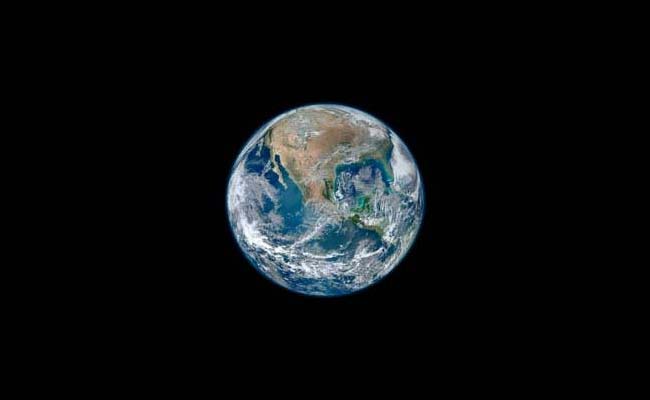Washington:
The same basic ingredients and mixing process that went
to make Earth could go in to building exoplanets around distant stars,
astronomers have found.
The "test kitchen" of Earth has given us a
detailed recipe, but it was not clear whether other planetary systems
would follow the same formula, researchers said.
"Our solar
system is not as unique as we might have thought," said lead author
Courtney Dressing of the Harvard-Smithsonian Centre for Astrophysics
(CfA).
"It looks like rocky exoplanets use the same basic
ingredients," said Dressing. The key to the discovery was the
HARPS-North instrument on the 3.6-meter Telescopio Nazionale Galileo in
the Canary Islands.
HARPS is designed to accurately measure the
masses of small, Earth-sized worlds. Those measurements are crucial to
determine densities and therefore compositions.
"Our strategy for
using HARPS-North over the past year has been to focus on planets less
than two times the diameter of Earth and to study a few planets really
well," said Harvard astronomer David Charbonneau, who currently heads
the HARPS-North Science Team.
Most recently, the team targeted Kepler-93b, a planet 1.5 times the size of Earth in a tight, 4.7-day orbit around its star.
The
mass and composition of this world were uncertain. HARPS-North nailed
the mass at 4.02 times Earth, meaning that the planet has a rocky
composition.
The researchers then compared all ten known
exoplanets with a diameter less than 2.7 times Earth's that had
accurately measured masses.
They found that the five planets with diameters smaller than 1.6 times Earth showed a tight relationship between mass and size.
Moreover,
Venus and Earth fit onto the same line, suggesting that all these
worlds have similar rock-iron compositions, researchers said.
They also showed more diverse compositions rather than fitting into a
single group like the smaller terrestrial worlds. The team also noted
that not all planets less than six times the mass of Earth are rocky.
Some low-mass worlds with very low densities are known (such as the
planets in the Kepler-11 system). But for typical close-in small
planets, the chances are high that they share an Earth-like composition.
"To
find a truly Earth-like world, we should focus on planets less than 1.6
times the size of Earth, because those are the rocky worlds," said
Dressing.


No comments:
Post a Comment